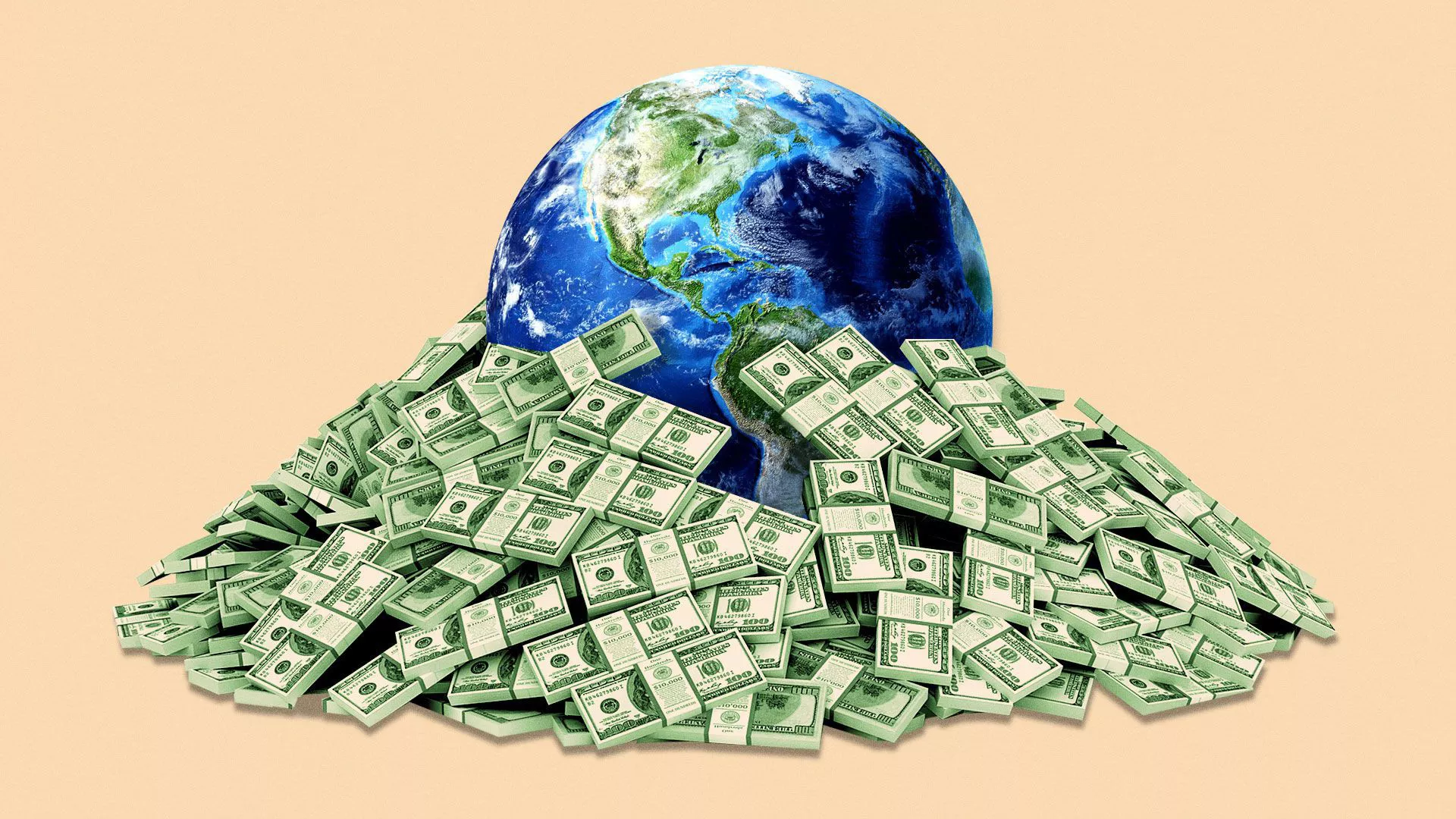Grandiose ambitions of transitioning to net zero economies within the next decade are nothing without serious real-life investment. Now, thanks to a recent report from McKinsey & Company, we know roughly what that sum equates to.
Unfortunately, decarbonising entire industries isn’t quite as simple as offering up renewable alternatives and flicking a switch.
While us, the people, can make conscious decisions to limit our own impact on the planet, sadly we’re still at the whim of governments who need to fork over the capital to make any measurable difference.
COP26 provided progress (albeit theoretical, of course) in the sense that our global target of net zero emissions has escalated from a ‘nice to have’ to an essential requirement before 2050.
However, only now are we beginning to understand the extent of what that aim translates to in a monetary sense. The entire economy, from how we grow food to how we power planes, has to transform.
World leaders, it’s too late to back out now.
The report from McKinsey & Company
Delving into asset breakdowns for the 69 countries producing 85% of global emissions, McKinsey & Company has calculated that an extra $3.5 trillion will need to be committed each year to even think about net zero by 2050.
This sum is equivalent to as much as half of global profits, one quarter of total tax revenue, or 7% of household spending in 2020. There’s a reason we call it a climate ‘crisis’.
That’s not to say this increase isn’t absolutely necessary. Without severe action now, estimates from insurance giant Swiss Re show that climate change could cut the global economy by $23 trillion before 2050 – essentially shaving away 14% of global economic output.
Back to this week’s report though, capital spending on transitioning energy and land-use systems will amount to roughly $9.2 trillion each year. That’s $3.5 trillion more than the amount being spent on those assets today.
Lastly, the report says an additional $1 trillion of today’s annual spending must be reallocated from high-emissions to low-emissions assets. As part of that process, it warns that institutions and company owners should prepare for uncertain business periods as the changes come into effect.




















